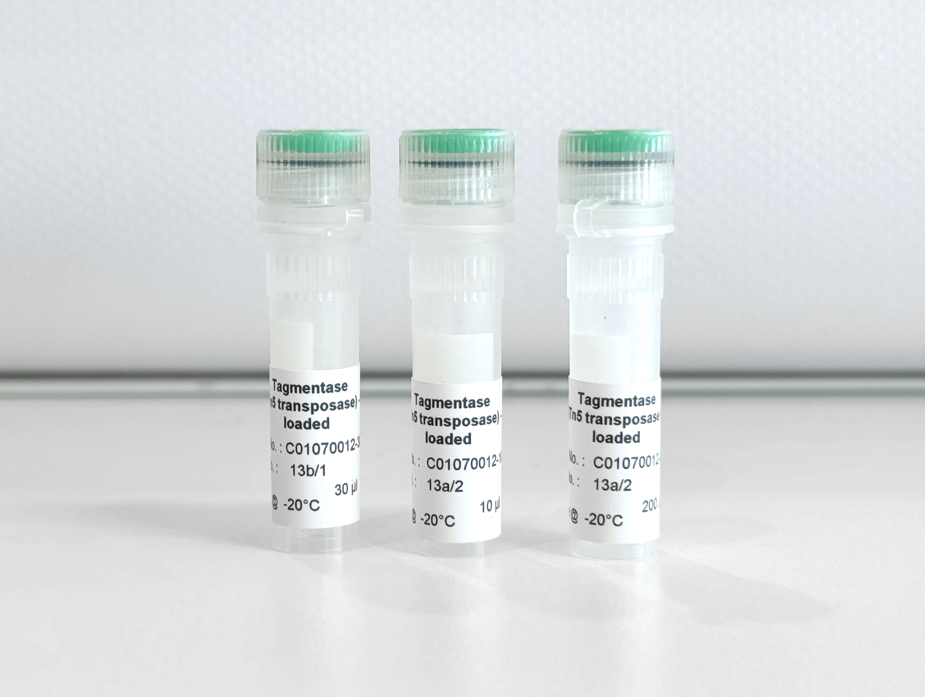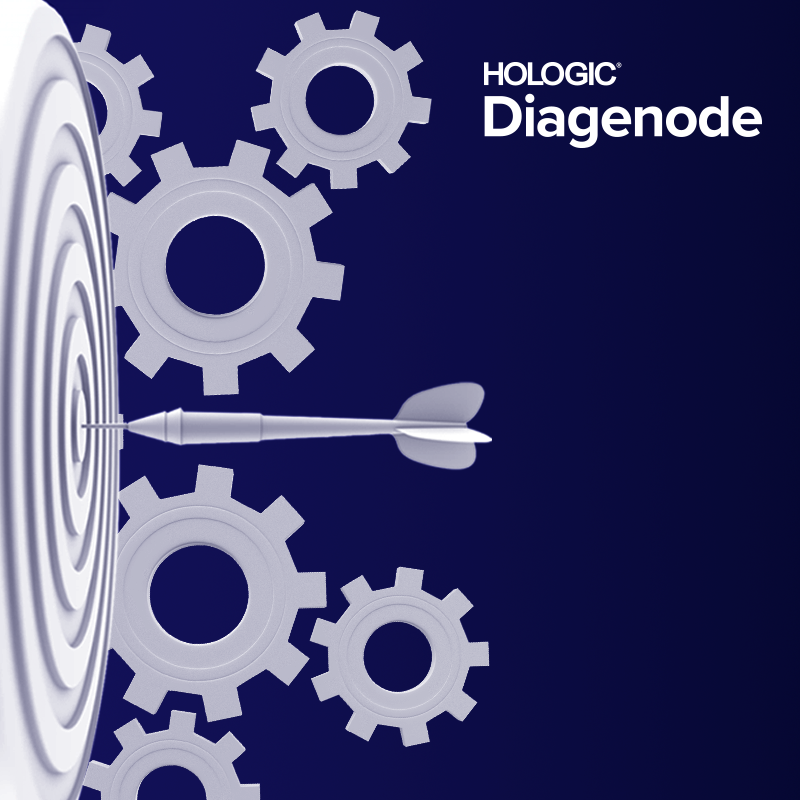Jack Kucinski et al.
Fusion-positive rhabdomyosarcoma is an aggressive pediatric cancer molecularly characterized by arrested myogenesis. The defining genetic driver, PAX3::FOXO1, functions as a chimeric gain-of-function transcription factor. An incomplete understanding of PAX3::FOXO1’s in vivo epigenetic mechanisms has hindered therapeutic development. Here, we establish a PAX3::FOXO1 zebrafish injection model and semi-automated ChIP-seq normalization strategy to evaluate how PAX3::FOXO1 initially interfaces with chromatin in a developmental context. We investigated PAX3::FOXO1’s recognition of chromatin and subsequent transcriptional consequences. We find that PAX3::FOXO1 interacts with inaccessible chromatin through partial/homeobox motif recognition consistent with pioneering activity. However, PAX3::FOXO1-genome binding through a composite paired-box/homeobox motif alters chromatin accessibility and redistributes H3K27ac to activate neural transcriptional programs. We uncover neural signatures that are highly representative of clinical rhabdomyosarcoma gene expression programs that are enriched following chemotherapy. Overall, we identify partial/homeobox motif recognition as a new mode for PAX3::FOXO1 pioneer function and identify neural signatures as a potentially critical PAX3::FOXO1 tumor initiation event.


